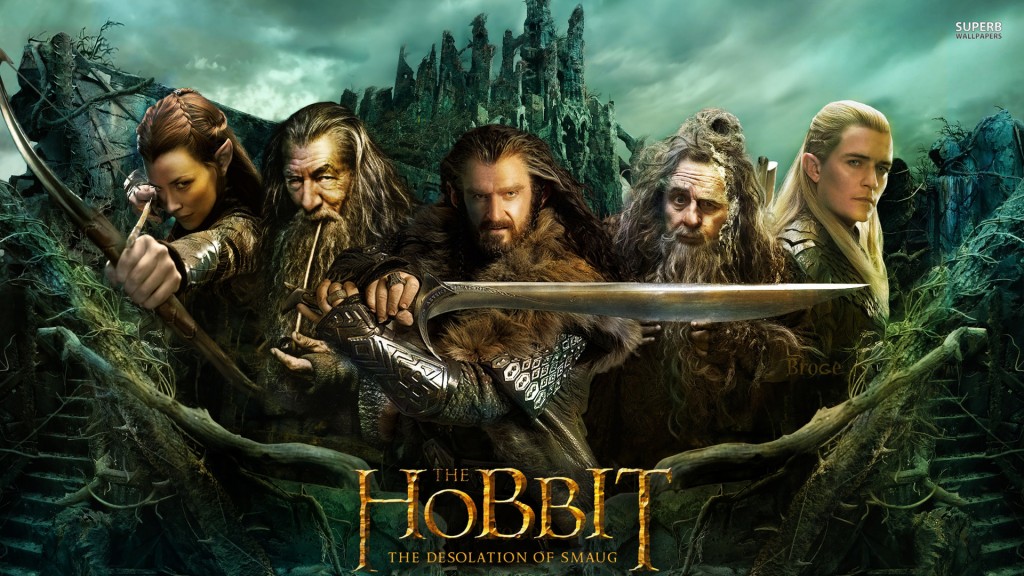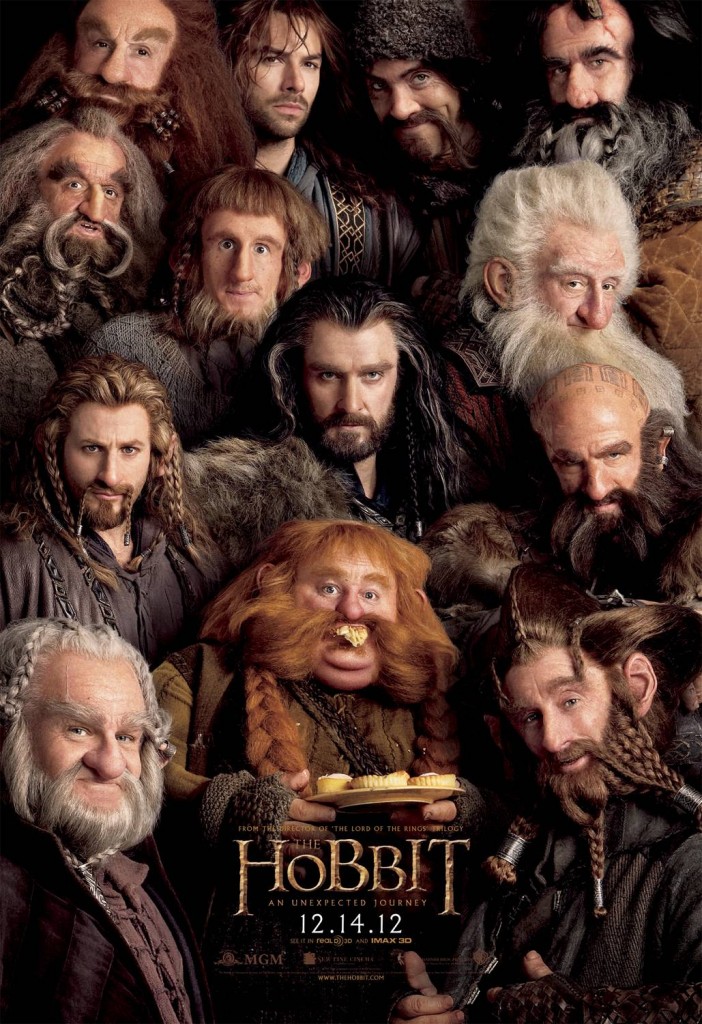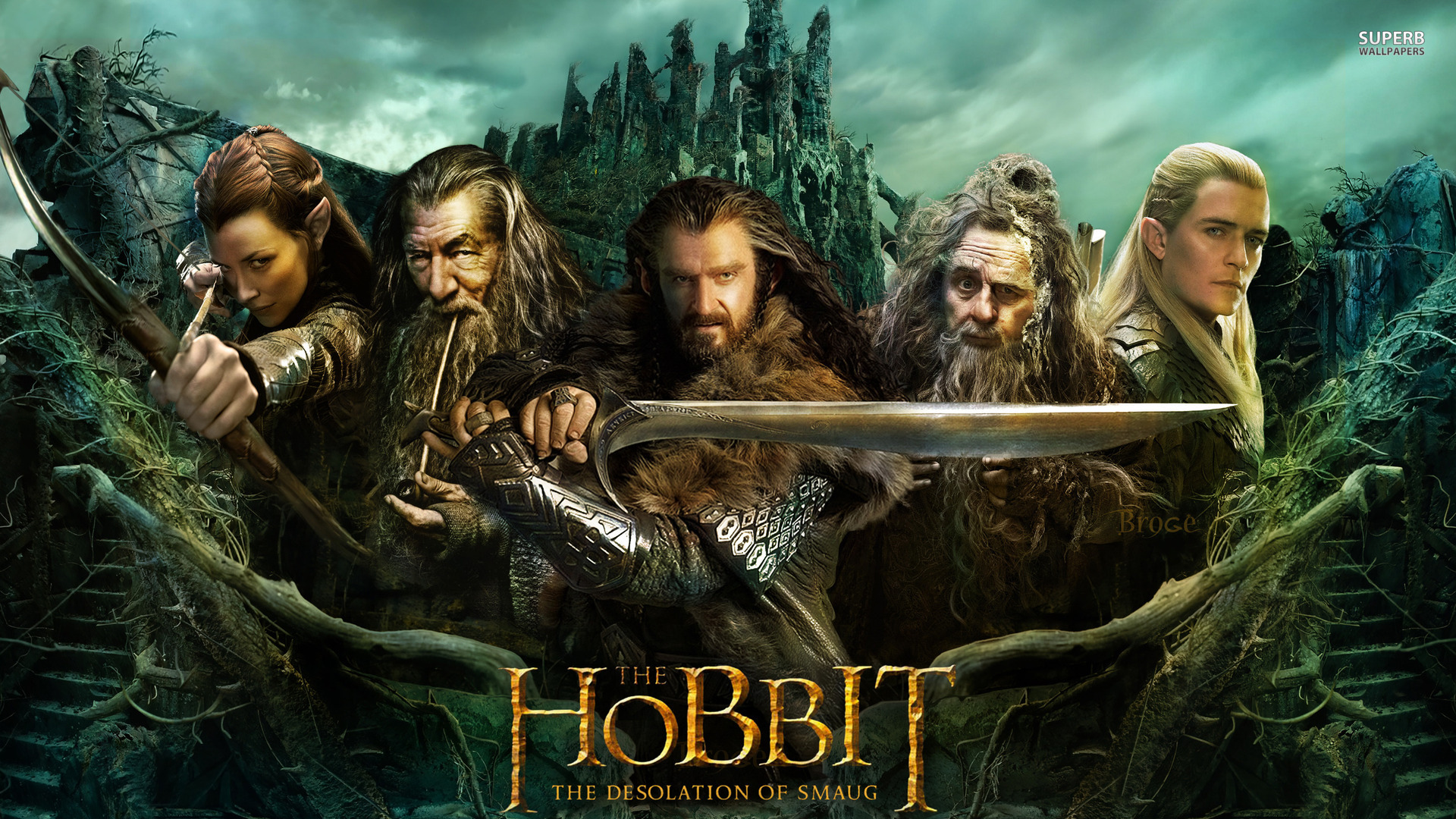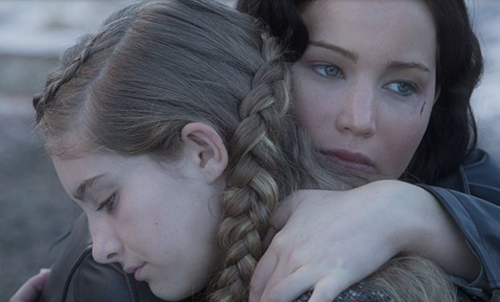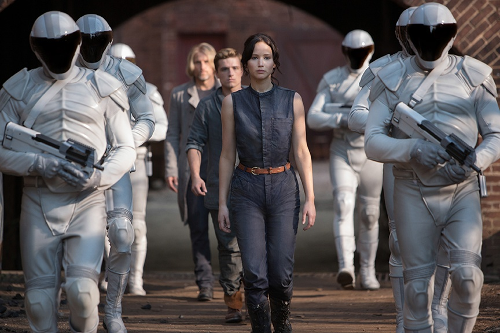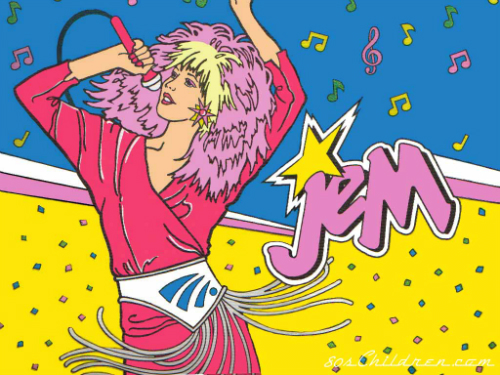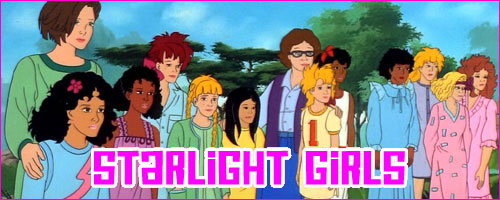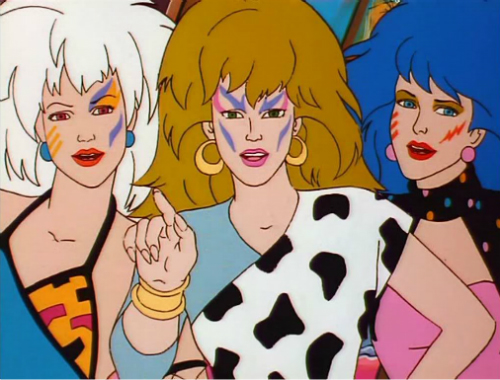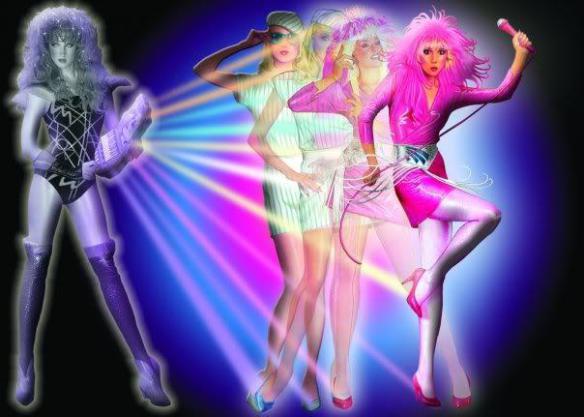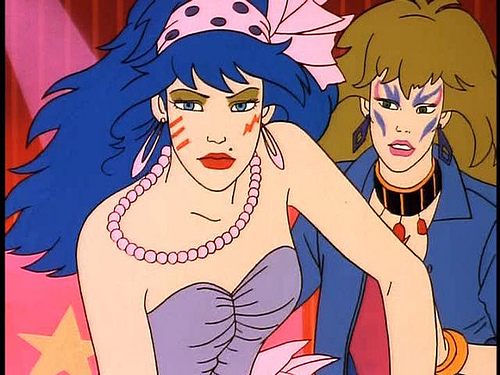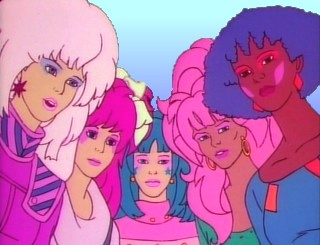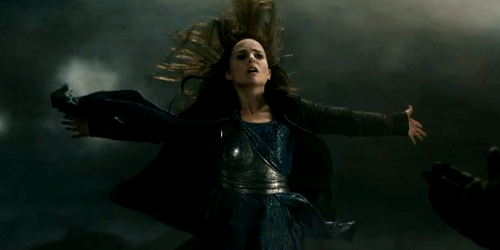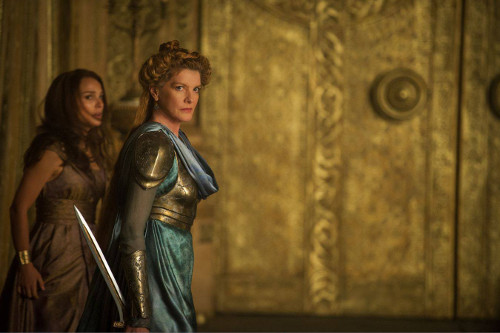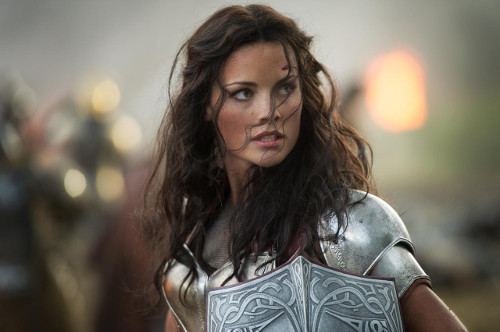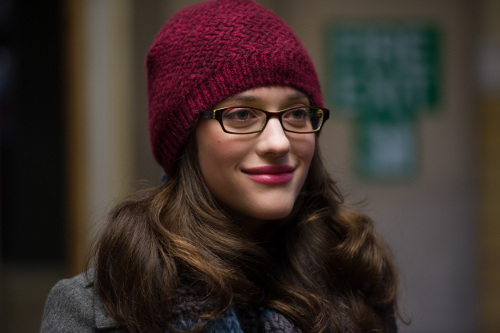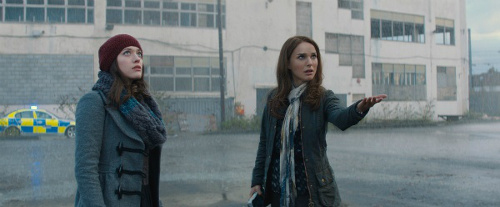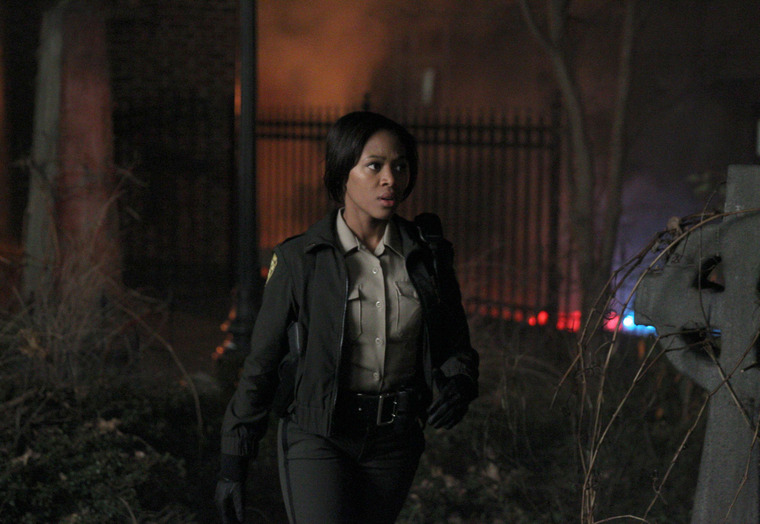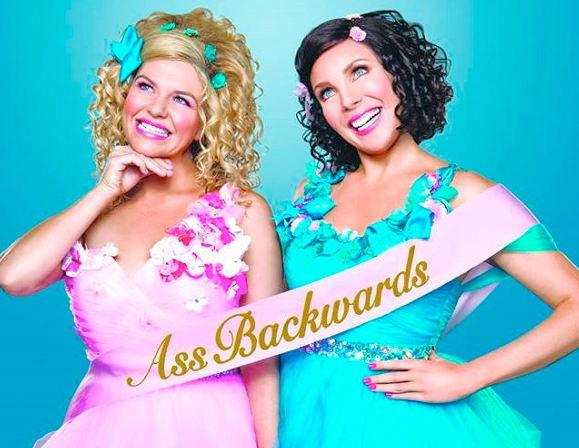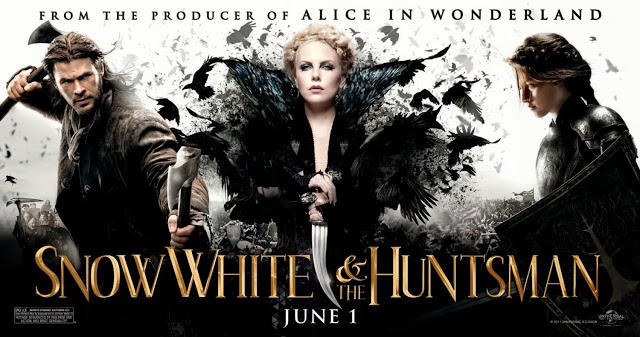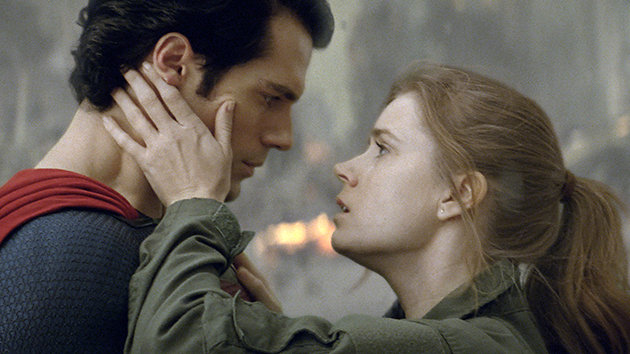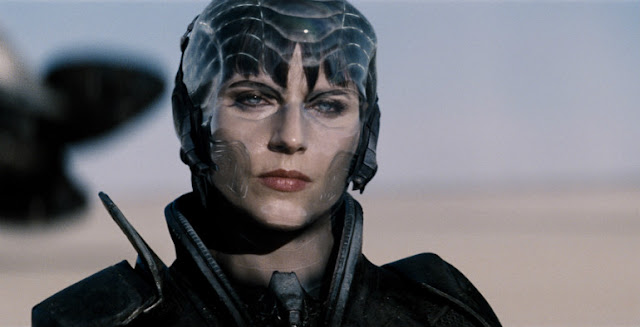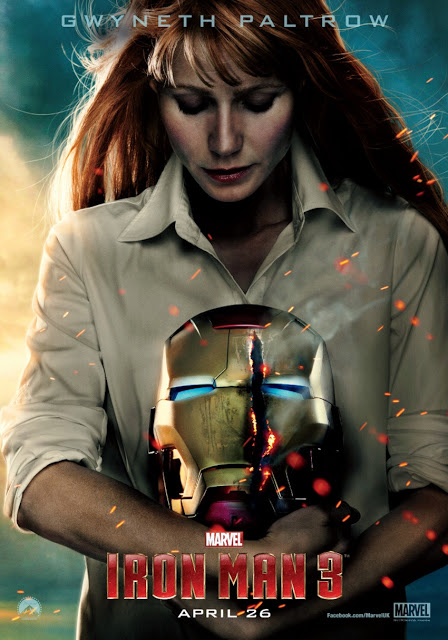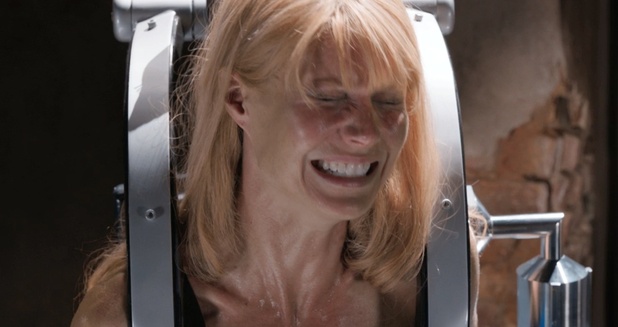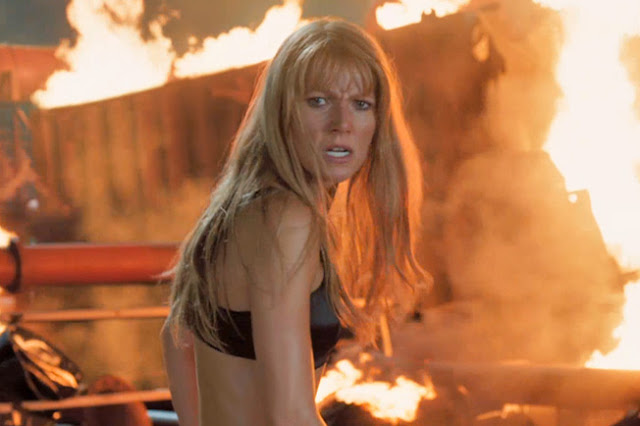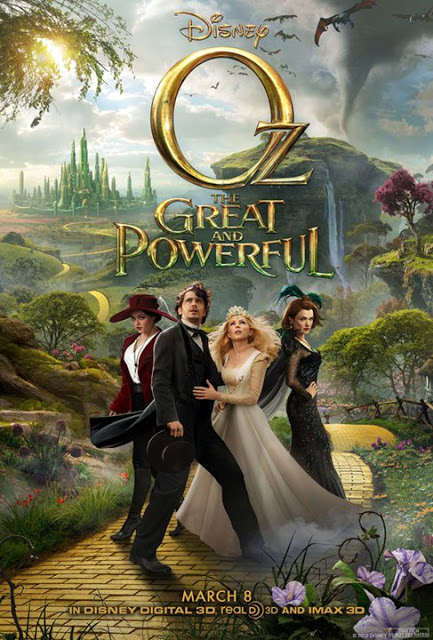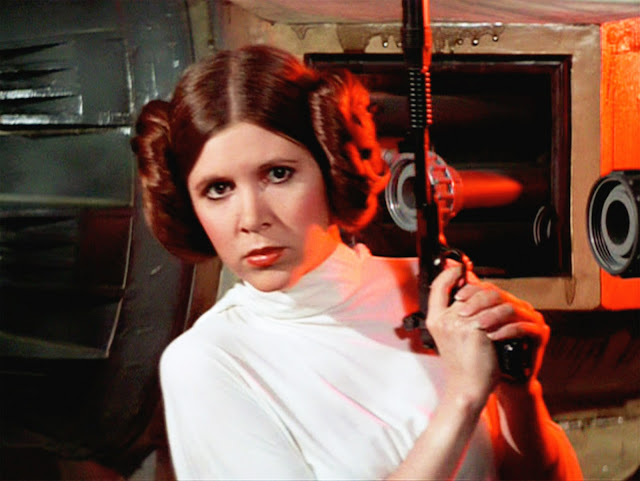 |
| Princess Leia Organa (Carrie Fisher) in Star Wars Episode IV: A New Hope |
When I was a young girl, Star Wars was my favorite movie. I’ve watched it more times than any other film. Premiering in 1977, the same year I was born, the epic sci-fi space opera irrevocably changed the movie industry. Beyond battle scenes, or the twist of Vader being Luke’s father, it impacted my childhood. Because Princess Leia was my idol.
In the Star WarsTrilogy, Princess Leia Organa of Alderaan (Carrie Fisher) was a member of the Imperial Senate, a diplomat and a spy for the Rebel Alliance. Courageous and determined, she boasted a defiant will. Leia boldly spoke her mind. And it’s what resonated the most with me.
When I was 7, my mom sewed a Princess Leia costume for me for Halloween. A white dress with a hood cinched by a sparkly belt and accompanied by a plastic light saber. Yes, I realize Leia didn’t wield a light saber in the movies but she did have a laser gun. I continued to wear that costume long after Halloween. Every week (sometimes multiple times in a week), I would pop in our VHS of Star Wars Episode IV: A New Hope, don my white dress and act out Princess Leia’s scenes. I probably would have worn that costume to school if my mother had let me.
Looking back, why did Leia have to be a princess? Why did she have to bear a title that too often symbolizes hyperfemininity, passivity and sexualization? Why couldn’t she have been the President’s daughter or a merely a Senator? So yes, Leia is a princess. But she’s a
badass warrior princess — a precursor to
the rise of the warrior princesses we’re currently seeing today.
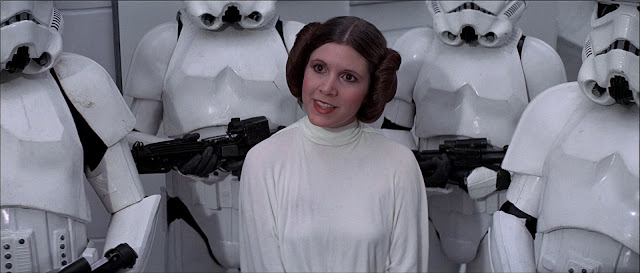 |
| Princess Leia captured by Stormtroopers in Star Wars Episode IV: A New Hope |
In the very first scenes of Star Wars, we see Leia shoot a laser gun. Yeah, she gets captured. But she didn’t go down without a fight. When she’s taken hostage, Leia unflinchingly stands up to Darth Vader, who intimidates everyone. But not her. She remains defiant. She stands up to Governor Tarkin, the Death Star’s Commander too as we witness in this compelling exchange:
Princess Leia:Governor Tarkin, I should have expected to find you holding Vader’s leash. I recognized your foul stench when I was brought on board.
Governor Tarkin:Charming to the last. You don’t know how hard I found it, signing the order to terminate your life.
Princess Leia: I’m surprised that you had the courage to take the responsibility yourself.
Governor Tarkin:Princess Leia, before your execution, I’d like you to join me for a ceremony that will make this battle station operational. No star system will dare oppose the Emperor now.
Princess Leia: The more you tighten your grip, Tarkin, the more star systems will slip through your fingers.
Even after she’s tortured by Vader, she refuses to reveal the location of the Rebel Base. When Grand Moff Tarkin, the Death Star’s Commander, threatens Leia to reveal the location of the Rebel Base or they’ll destroy her home planet of Alderaan, she lies disclosing a false location.
When Luke Skywalker, Han Solo and Chewbacca stage a rescue, Leia isn’t automatically obsequious. She immediately questions Luke when he’s disguised as a Stormtrooper with her infamous line, “Aren’t you a little short for a Stormtrooper?” When they’re all trapped, Leia takes matters into her own hands and shoots their way into a garbage chute, telling them, “Well somebody has to save our skins.” Leia continues to retain her grip of control when she tells Han: “I don’t know who you are or where you came from, but from now on you’ll do as I tell you, okay?”
Of course he horrifyingly says to Luke, “If we can just avoid any more female advice, we ought to be able to get out of here.” Nice. So men shouldn’t listen to a fucking diplomatic senator. Oh no. Why? Clearly, because they have vaginas.
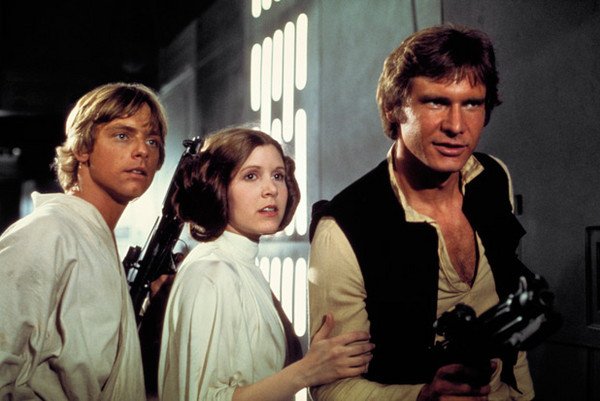 |
| L-R: Luke Skywalker (Mark Hamill), Leia (Carrie Fisher) and Han Solo (Harrison Ford) in Star Wars Episode IV: A New Hope |
Even though Leia has romantic feelings for Han Solo in The Empire Strikes Back, she continues to call out his arrogant bullshit. She quips snappy retorts such as, “I’d just as soon kiss a Wookie” and “I don’t know where you get your delusions, laser brain.” She’s never at a loss for words and never afraid to express herself.
She also has burgeoning psychic powers as she picks up on Luke’s cries for help at the end of the film. Obi-Wan tells Yoda when Luke Skywalker leaves Dagobah, “That boy is our last hope.” But Yoda wisely tells him, “No, there is another,” cryptically referring to Luke’s twin sister Leia.
In Return of the Jedi, Leia puts herself in harm’s way posing as a bounty hunter to save Han. Sadly, after she’s captured by Jabba the Hut, she’s notoriously objectified and reduced to a sex object in the iconic metal bikini, essentially glamorizing and eroticizing slavery. And of course she needs to be rescued. Again.
Leia gets rescued. A lot. And that’s incredibly frustrating and annoying. But Leia often subverts the sexist
Damsel in Distress trope. She takes matters into her own hands to free herself and others, whether it’s shooting their way into the garbage chute in
Star Wars, shooting Stormtroopers, rescuing Han (
Return of the Jedi), rescuing Luke (
Empire Strikes Back), or killing Jabba the Hutt. Even when she’s being rescued, Leia always spouts her acerbic opinions, refuses to back down, and asserts her identity.
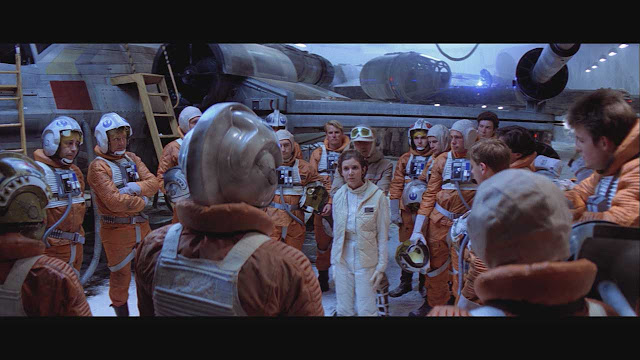 |
| Princess Leia advising Rebel pilots in Episode V: The Empire Strikes Back |
Throughout the trilogy, we see Leia lead and dispense tactical information to Rebel fighters. But ultimately, her underlying role appears to be to motivate Luke on his hero’s quest and Han on his personal transformation. Although George Lucas’ original ending with
Leia coronated as Queen of the survivors of Alderaan sounds pretty amazing. It also would have been great to see her begin training as a Jedi, something the books explore. But even when you have a strong female protagonist, like Leia, her story must take a back seat to the dudes.
Now, I love Star Wars. But if you stop and think about the Star Wars Trilogy, it’s pretty shitty to women.
We only ever see 3 women — Princess Leia, Mon Mothma, Aunt Beru (Luke’s aunt) — who aren’t slave girls or dancers. Men make decisions, lead battles, pilot planes, smuggle goods and train as Jedis. It’s men, men, men as far as the eye can see. Hell, even the robots are dudes.
 |
| Wicket the Ewok and Princess Leia in Episode VI: Return of the Jedi |
The entire
Star Wars Trilogy suffers from the
Smurfette Principle. The fact that there are no other women for Leia to talk to or interact with perpetuates the notion that women’s lives ultimately revolve around men. With a marketing campaign — if you look at the poster for each film — turned Leia into nothing more than a sex object (and of course aided by the metal bikini) reifying the idea that women’s bodies belong solely to tantalize the male gaze.
Boys and men see numerous male characters to emulate. But for girls and women? We get one. Leia. Well, unless you count Aunt Beru or Mon Mothma, both of whom only get like 60 seconds of screen-time. Leia exists as the sole token female.
“In Star Wars, a boy can grow up to be a knight, or a wizard. But if you’re a girl, you have one good role model…But you better be born a princess or good at space hooking cause those are your options.”
As the above
video from Crackedastutely points out, all the women in the
Star Wars Trilogy are space strippers, aside from Leia, Aunt Beru and Mon Mothma (a Republic senator and co-founder of the Rebellion, aka the red-haired woman in
Return of the Jediwho gives tactical orders to the rebels). The
Cracked writers also assert that Leia is actually a terrible female role model because she ditches her duties with the Rebellion to save her man (although so do the dudes) and then blows up Jabba’s barge which was filled with other slave women. Okay, that’s pretty douchey, Leia.
Sure, you could blame it on the fact that Star Wars is 35 years old. But even in the Prequel Trilogy, we haven’t come much further. While we definitely see more women — Queen Padme Amidala, Shmi Skywalker (Anakin’s mother), Naboo queens Queen Apailana and Queen Jamillia, Jedi Knights Staas Allie and Aayla Secura, Jedi Master Depa Billaba, Queen Breha Organa (Leia’s adoptive mother), Zam Wessell (bounty hunter who attempts to kill Padme) — only Padme and Shmi receive any focus. And of course their lives revolve around men. Actually, their lives around one man: Anakin. Yes, Padme is a political leader. But her role as birth mother to Leia and Luke and her death fueling Anakin’s anger trump any individuality she possesses. Both Padme and Shmi die tragically; both women’s purpose in the films serves to explain why Anakin turned to the Dark Side.
Clearly, sexism and racism plague the
Star Wars Trilogy. Really, only 3 women speak, only 3 women aren’t strippers and only 1 black person…in the whole fucking galaxy?! Gee thanks, George Lucas.
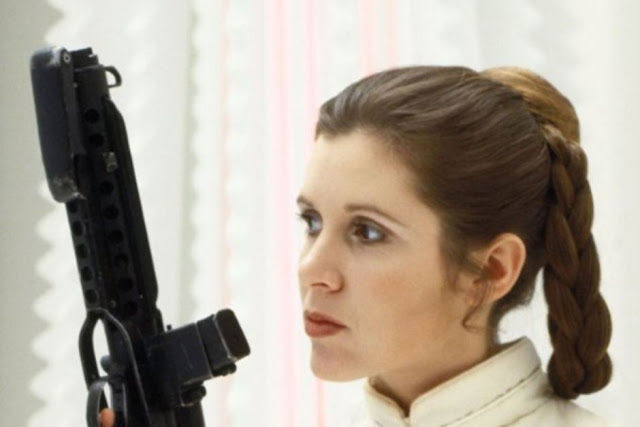 |
| Princess Leia in Episode V: The Empire Strikes Back |
If it seems like I vacillate between hailing Leia a feminist icon and condemning her a sexist trope, it’s because I’m torn. Leia is a spirited, fearless and fierce female protagonist. She kicks ass. Yet she exists in a fictitious galaxy mired by sexism where women barely exist that continually puts men — their stories, their perspectives, their struggles — front and center.
Despite its massive gender and race problems, Princess Leia aided me through my childhood. For a mouthy, opinionated little girl who was always getting in trouble for voicing their thoughts, Leia emulated a confident and rebellious woman. She had crucial duties and responsibilities as a leader and revolutionary. But she didn’t give a shit what anyone thought. Unafraid to let her temper flare, she spoke her mind regardless of the consequences.
In a world that so often silences women’s and girls’ voices, Leia shone as a beacon of hope. Not only did she teach me women could be political leaders and fight for freedom. But she affirmed that women can and should fearlessly speak their minds and take charge of their lives.
